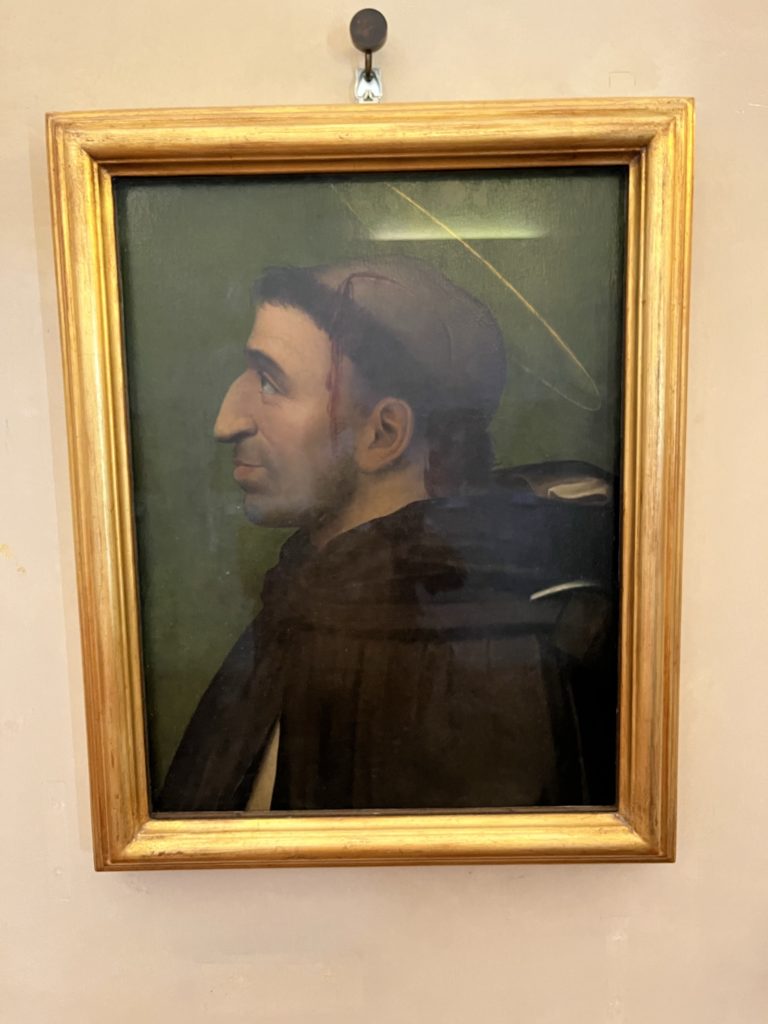
As we have slipped back into our lives at home, I’ve thought through what we read, saw, and learned related to our Early Christian, Medieval Travel Journal tour.
The first two three hundred of the years of the Church was marked most conspicuously by persecution. We discussed some of those first century martyrs, including Ignatius who gave the ultimate proof of his discipleship in the Colosseum in Rome. After the Apostle Paul addressed in his New Testament letters some of those teachers who were painting outside the lines, with the exception of Gnosticism, we don’t hear much about heresy during the first three hundred years of the Church. Never was the Church more united than when it was most persecuted.
Constantine the Great’s vision, conversion, and his victory over Maxentius at the Milvian Bridge changed everything. The Church was finally free to worship in the Roman Empire, and more than that, the full support of the Roman Emperor, who assisted in the building of new churches and baptistries and in restoring to Christians and churches what had been taken from them during the persecutions that preceded Constantine.
But with that new freedom, dissension suddenly became a luxury the Church could seemingly afford. Heresies like Arianism, which had been simmering beneath the veneer of Christianity’s public face to the empire now bubbled to the surface. Others followed, Donatism, Pelegianism, and Nestorianism are just some examples.
And then, early in the 5th century, not even 100 years from Constantine’s liberation of Rome from its pagan tyrant, two groups, both claiming to worship Jesus were going to war against each other. The Arians and the Catholic Romans/Orthodox Byzantines weren’t fighting over their religious beliefs but territory, but still it was something that would have been unthinkable to the first century Christians who suffered together through the persecution of Nero, Vespasian, Titus, and Domitian. Persecution had ensured a purity and peace, but freedom had spawned faction and fighting.
By the time of Girolamo Savonarola, much of the heresy had been put to rest, but what remained was a questionable doctrine of salvation–ironically, not a subject of theological division between Arians and Catholics/Orthodox–surrounded by related corrupt practices such as the selling of indulgences and positions within the Catholic Church.
Savonarola called the Catholic Church to account, but for his courage and conviction, he was martyred. Luther, Calvin, and Knox then stepped up to be the Lord’s new voices for Truth in the Kingdom.
The story is all so messy. And that is the unsettling feeling I was left with after our Early Christian, Medieval Travel Journal Tour. But we saw the same messiness in the aftermath of the Reformation as well. The reality is the Kingdom is leaven in a corrupt lump of dough called the world, and while transformation is real, until it is complete, as demonstrated by Ignatius and Savonarola, the cost of standing for Truth is and will continue to be a high one. GS
